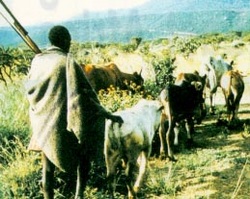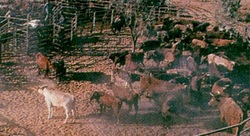Recreational Activities
The Masai people practise nomadic cattle herding and move seasonally to find places with more moisture. However, they still have to face a lot of problems such as soil erosion caused by overgrazing and diseases spreaded by insects.
Another example is the Australian that practises extensive cattle farming in Australia. As the cattle are affected by the poor grasses, diseases and pests, the cattle are sent to better lands for fattening.
Places of interest
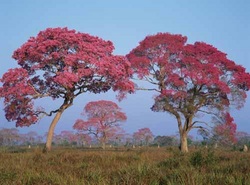
Brazil's cerrado is an open woodland of short twisted trees. The diversity of animals is very great here, with several plants and animals that don't exist anywhere else on earth. According to the World Wide Fund for Nature, it is biologically the richest savanna in the world.
More than 1600 species of mammals, birds and reptiles have been identified in the cerrado, including 180 reptile species, 113 amphibians, 837 birds and 195 mammals.
More than 1600 species of mammals, birds and reptiles have been identified in the cerrado, including 180 reptile species, 113 amphibians, 837 birds and 195 mammals.
Some biomes nearby the savanna
The savanna can be found between:
Desert
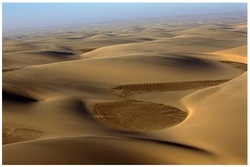
There are two different types of deserts, which are hot and dry desert and a cold desert. The hot and dry deserts are very hot and can range from 20 to 49 degrees C. There are very few plants and animals in the hot and dry desert because it is so hot. In the cold deserts the temperatures are very cold and it snows in the winter. The temperatures in the cold desert range from -2 to 26 degrees C. Few plants and animals live in cold deserts just like the dry and hot deserts. The main thing that makes it tough to live in both deserts is that they both receive less then 25cm of rain a year.
Tropical Rain Forest
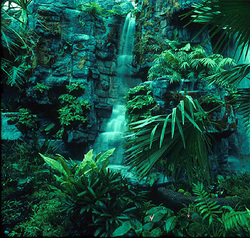
he tropical rainforest is earth's most complex biome in terms of both structure and species diversity. It occurs under optimal growing conditions: abundant precipitation and year round warmth. There is no annual rhythm to the forest; rather each species has evolved its own flowering and fruiting seasons. Sunlight is a major limiting factor. A variety of strategies have been successful in the struggle to reach light or to adapt to the low intensity of light beneath the canopy.
